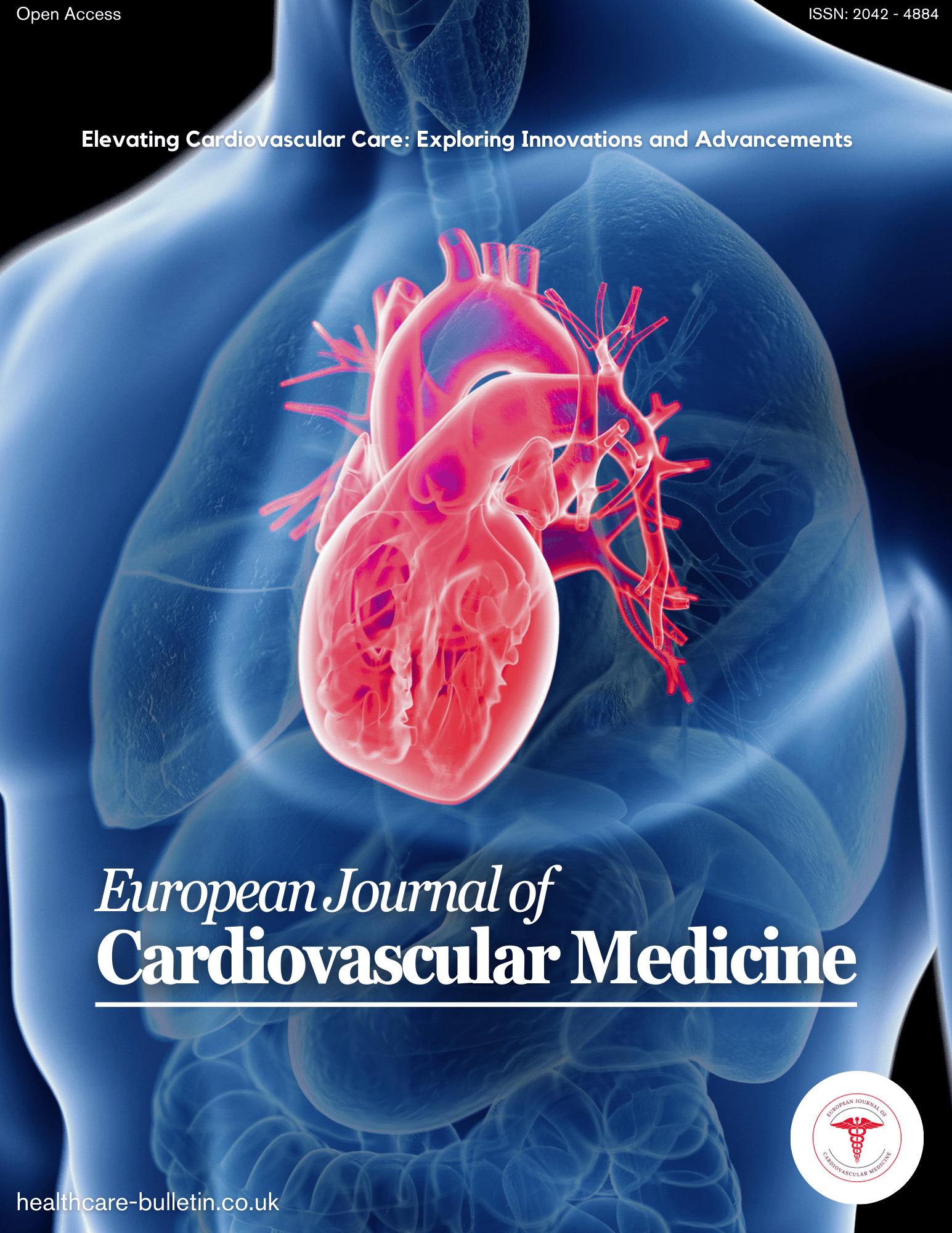Present study was a single-center, prospective, observational study, conducted in Neonatal Intensive Care Unit (NICU) attached to JLN Medical College Ajmer, Rajasthan and NICU, Rajakiya Mahila Chikitsalaya Ajmer, India. Study duration was from September 2021 – December 2022. Study approval was obtained from institutional ethical committee.
Inclusion criteria
- Preterm neonates less than 34 weeks gestation (estimated from mother’s 1st trimester ultrasound report or based on Ballard’s score if ultrasound report not available) diagnosed with RDS, parents willing to participate in present study
Exclusion criteria
- APGAR score less than 7 at 1 minute,
- presence of congenital anomalies,
- signs and symptoms of chorioamnionitis in mother,
- premature rupture of membrane > 12 hrs
After obtaining ethical committee approval, informed consent was obtained from the parents of the study subjects. Clinical data regarding maternal and neonatal history were recorded including time of onset of symptoms and time of surfactant administration. All the neonates were examined by thorough history taking which included antenatal, natal and postnatal history as well as general physical examination including APGAR score and vitals and systemic examinations. Special emphasis was given on respiratory system examination which include Silverman Anderson Score.
Preterm Neonates presenting with features of Respiratory distress syndrome who required mechanical ventilation were treated with surfactant therapy. A single bolus dose of Curosurf (natural surfactant) 200mg per kg was administered.
Following surfactant administration, neonates were monitored based on Silverman Anderson Score with regard to need for oxygen, need for CPAP ventilation and need for mechanical ventilation. Routine investigations like CBC, CRP, Chest x-ray were done at the time of admission and vitals were also recorded which include heart rate, respiratory rate, saturation, and Fio2.
Neonates were put on appropriate device depending on the Silverman Anderson Score like bubble CPAP or Mechanical ventilator and appropriate nursing care was provided under the servo controlled radiant warmer. If the neonate was not improving on Bubble CPAP within 30 minutes, they were immediately taken on Mechanical ventilator and surfactant was administered. If infant was on ventilator directly then surfactant administered as soon as possible. Routine ET suctioning was avoided for first 6 hours after surfactant administration. A repeat chest xray was done after surfactant administration to find out the effectiveness of surfactant. Once the neonate became stable at a CPAP distending pressure of 5cm with FiO2 < 30% for 6 to 8 hours, CPAP was discontinued and the baby was given oxygen through hood.
The neonate was assessed at the end of 6 hours and 72 hours with regard to improvement in clinical status, need for mechanical ventilation and mortality.
The overall outcome at the end of hospital stay was also assessed. Secondary outcomes like maternal risk factors associated with prematurity and RDS, MAS, incidence of complications like sepsis, apnea, shock, pulmonary hemorrhage, bronchopulmonary dysplasia, PPHN were recorded. The risk factors associated with prognosis in the study population were compared and analyzed. The condition at discharge from the hospital was considered to be normal when there was no neurological disorder (on clinical examination), no pulmonary problems (need of oxygen and/or diuretics), no cardiac disorder, no feeding problems (tube feeding or regurgitation) and no visual, hearing or psychosocial difficulties. The Medical Ethics Committee approved the study and informed consent of the parents were obtained.
The infants who were discharged from the NICU were followed up every 3 monthly up to 1 year of corrected age. On each follow up visit history taking including previous hospitalization and OPD treatment taken for respiratory infections were done. Parents were asked if their children suffered from pulmonary problems.
Statistical analysis
Data was collected and compiled using Microsoft Excel, analysed using SPSS 23.0 version. Statistical analysis was done using descriptive statistics.

